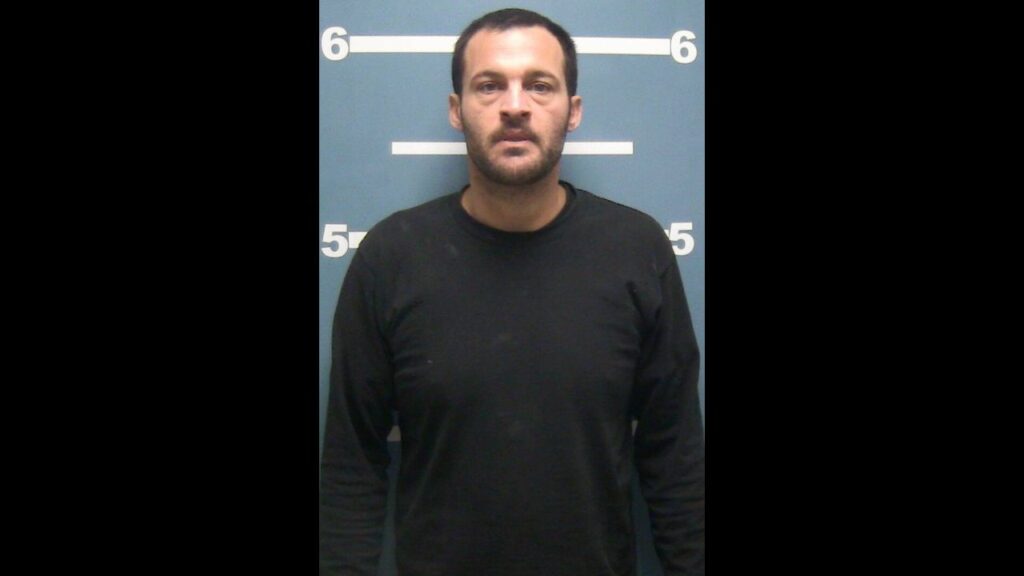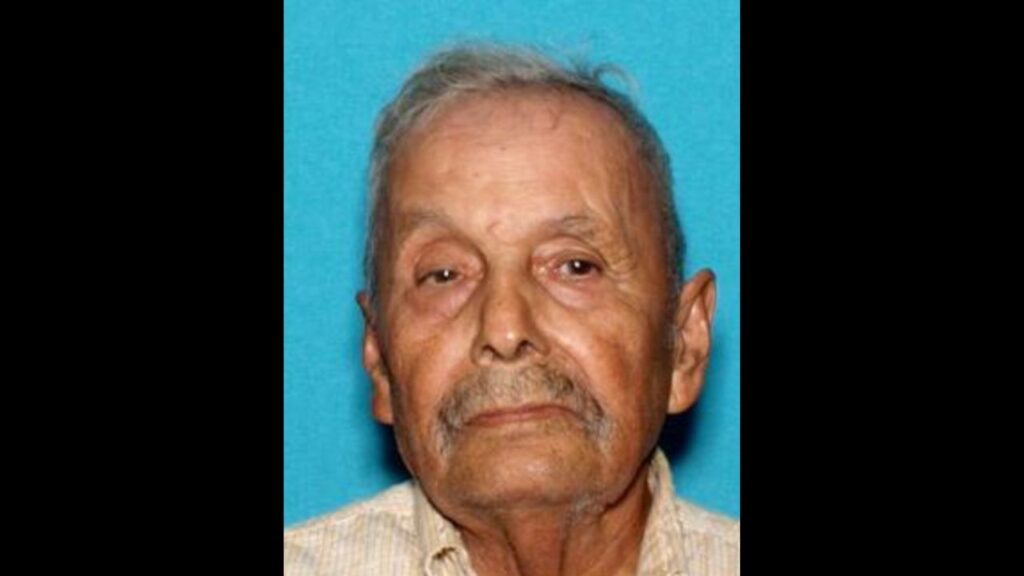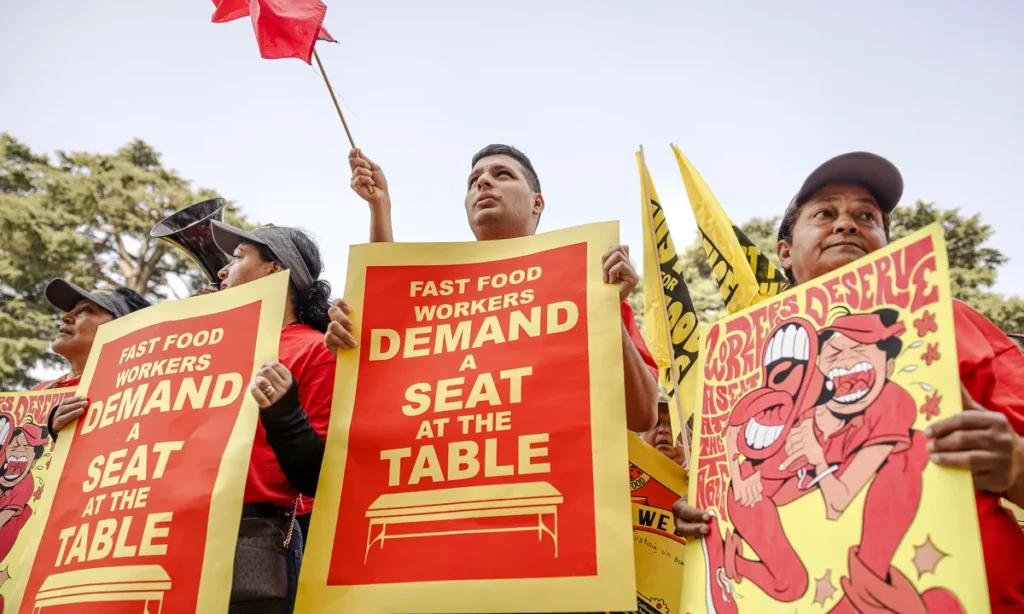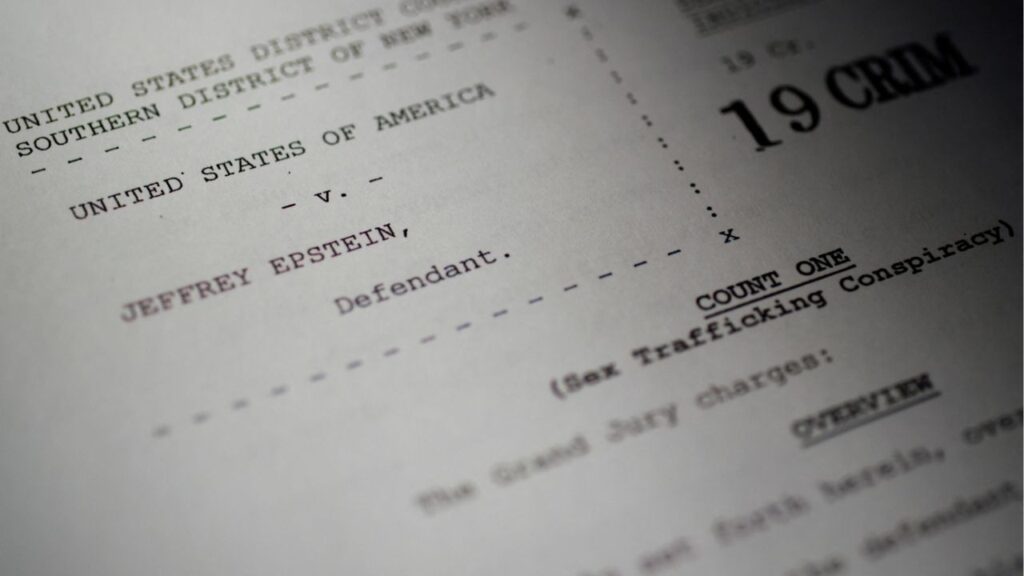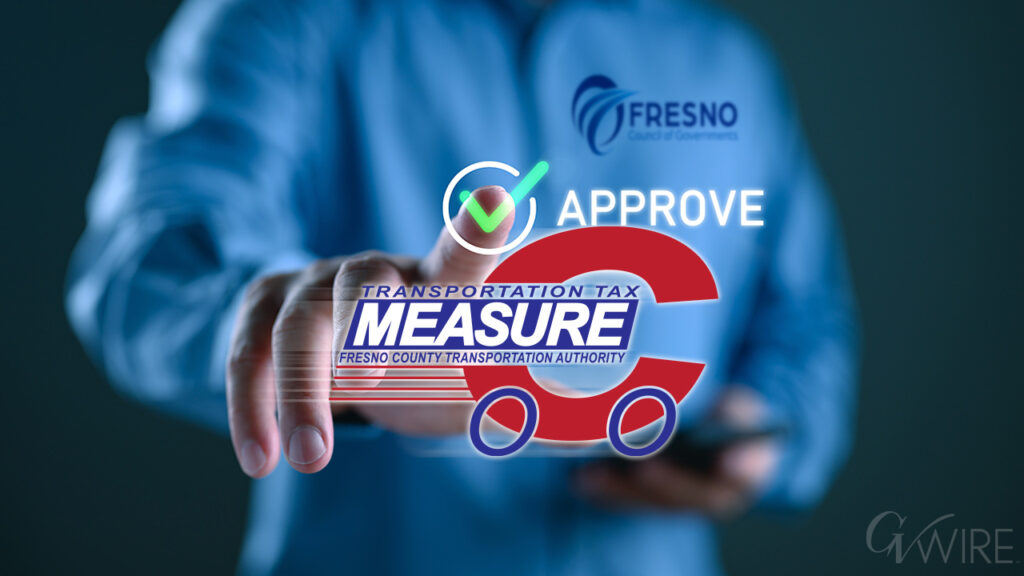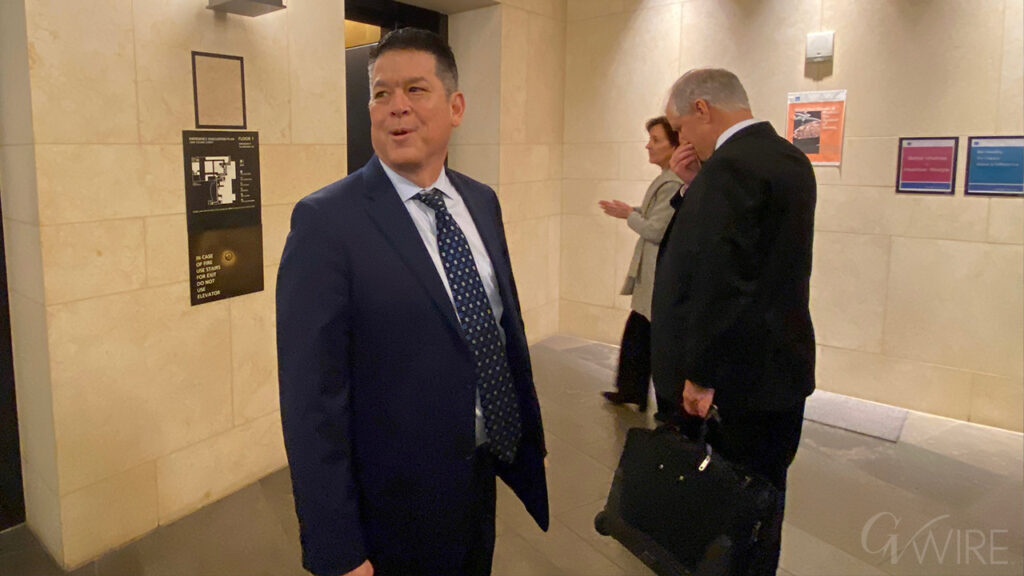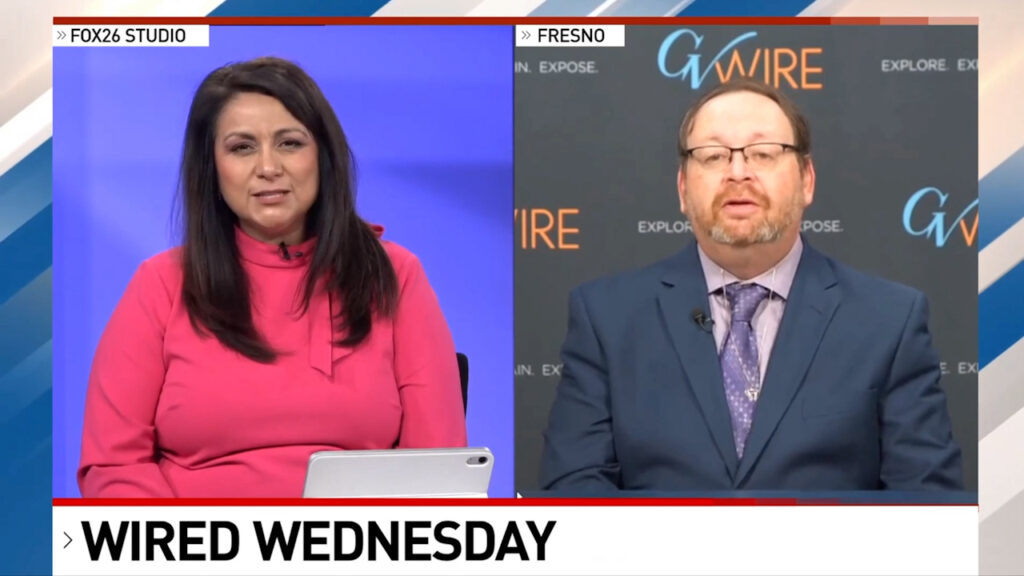Share
|
Getting your Trinity Audio player ready...
|
When Gov. Gavin Newsom unveiled his scaled-down blueprint for the California bullet train four years ago, he proposed building a 171-mile starter segment in the Central Valley that would begin operating in 2030 and cost $22.8 billion.

Ralph Vartabedian
CalMatters
Today, the blueprint is fraying — costs now exceed future funding, an official estimate of future ridership has dropped by 25%, and the schedule to start to carry people is slipping. That’s raising fresh concerns about the future of the nation’s largest infrastructure project.
New cost figures issued in an update report from the California High-Speed Rail Authority show that the plan to build the 171-mile initial segment has shot up to a high of $35 billion, exceeding secured funding by $10 billion.
The cost of that partial system is now higher than the $33 billion estimate for the entire 500-mile Los Angeles to San Francisco system when voters approved a bond in 2008.
What’s worse, that full system cost is set at up to $128 billion in the update, leaving a total funding gap of more than $100 billion for politicians to ponder.
The cost estimate for the initial 171-mile segment now exceeds the $33 billion estimate for the entire 500-mile Los Angeles to San Francisco system when voters approved a bond in 2008.
Ethan Elkind, who watches California transportation issues as director of the climate change program at UC Berkeley’s law school, said the mounting problems cloud the project’s future.
“It is in jeopardy,” Elkind said. “It is dicey. There is no path forward for the full Los Angeles to San Francisco system. It is important that they get something done.”
The $128 billion price tag does not include cost updates for two separate segments between Palmdale and Anaheim, because the rail authority in the past has not updated costs until it completes environmental assessments. There could be additional jolts of sticker shock when those costs are added in the future.
“It is clear that additional funding will be necessary to deliver the…operational Merced to Bakersfield system for passenger service,” the report says.
Brian Kelly, rail authority chief executive, said in an interview that the higher costs, which have affected projects all over the nation, represent a “tougher challenge.”
“There has never been an easy time for this project,” he said. “Nothing’s ever been easy here. This project has never had full funding.”
Kelly notes that the range of estimates for the Central Valley segment goes from a high of $35 billion down to $28 billion. The price tag of the project has grown since 2008, exceeding all the prior cost ranges.
Potential Engineering Risks
The current struggle follows a period when the project had strong support from the Biden Administration and Congress. But the Republican seizure of the House in 2022 elections could auger tougher times ahead.
Bakersfield native and now House Speaker Kevin McCarthy has long called the project, which would serve his own district, a boondoggle.
“In no way, shape, or form should the federal government allocate another dollar to California’s inept high-speed rail,” McCarthy said in a statement to CalMatters. “The California High-Speed Rail Authority has missed countless timelines and deceived the public about costs which are exorbitantly higher than originally estimated.”
Among nonpartisan state analysts, the reliability of the new cost estimates is likely to come under sharp scrutiny, including by the state-appointed Peer Review Group.
Bill Ibbs, a retired UC Berkeley civil engineer who serves on the group and has consulted on international high-speed rail projects, said he is concerned about the lack of attention to engineering risks.
“They don’t directly address the hardcore engineering issues,” Ibbs said, particularly the 38 miles of mountain tunnels that are planned for Southern California alone. “What are the major engineering challenges that lie in front of you and why aren’t you talking about them in this report?”
Population Decline = Ridership Decline
The report also indicates that the date for operating the 171-mile system could stretch out to 2033 from 2030, which would delay the public benefits and account for cost pressures.
And possibly more worrisome is a cut to the projected future ridership by 25%, owing to the reality that the COVID-19 pandemic has fundamentally reduced the use of public transportation and California’s expected population growth has fizzled. An important justification for the bullet train since its inception was an expectation that population growth would necessitate improved passenger rail. The report nonetheless asserts the system would perform comparable to Amtrak’s Northeast Corridor passenger loads.
Those factors are beyond the rail authority’s ability to control, though it has struggled with construction problems of its own in the Central Valley over the last 10 years.
More than 1,000 change orders, originated by the rail authority or by contractors, have been approved and account for much of the cost growth. They include big-ticket items, such as miscalculating the need for massive barriers to prevent freight trains on nearby tracks from derailing and crashing into a bullet train. About 20 change orders for that item alone run over a half billion dollars.
Construction has been held up because of problems relocating utilities, such as underground sewers, water lines, and gas pipes. Currently, about half of the 2,800 projects to relocate underground utilities have not been completed, according to a separate status report issued by the rail board’s finance and audit committee. Two dozen major structures, such as viaducts and bridges, have not even started construction.
Newsom, Democrats Mum on Report
But those problems are being solved and major disputes over change orders are in the rearview mirror, the report said. Out of 2,300 parcels of land for the rail, only 92 remain to be acquired.
Newsom adopted his plan for a starter California high-speed rail system in 2018, based on a strategy that demonstrating an operational system in the Central Valley would stoke public support for building the more expensive passages through coastal mountains to the Bay Area and Southern California.
That idea preceded significant cost growth that has outstripped funding, leaving Democrats in the Legislature increasingly skittish and Republicans calling for a full-blown retreat.
“It is on life support now,” said Sen. Brian Jones, a San Diego County Republican and Senate minority leader. “The governor has not been able to deliver on any of his promises.”
At this point, Jones says the project should be stopped and potentially the existing structures in the Central Valley demolished if they can not be repurposed.
Democratic leaders have declined or did not respond to requests for interviews. Newsom’s office did not respond to a request for comment. Sen. Lena Gonzalez, a Long Beach Democrat who chairs the Senate Transportation Committee, issued a statement that she would hold an oversight hearing on March 28 to hear from the rail authority.
Kelly believes there is a reasonable path forward. The report, issued on March 1, sets a goal for the rail authority to obtain $8 billion in federal grants under the Bipartisan Instructure Law enacted by Congress last year.
The entire pool of money for rail enacted in the infrastructure law is $75 billion, so $8 billion would appear to be a reasonable share for California. But the Biden Administration and Congress were far more generous to the Amtrak system in the law, allocating roughly $24 billion to its operations while failing to set aside any guaranteed chunk of money for California. Moreover, there are other passenger rail systems in California, which may want a share of any money headed to the Golden State.
Kelly acknowledges that the $8 billion goal is “aggressive and rightly so” because California is paying for 84% of the cost so far. “If the national government wants to get a national cleaner, faster electrified rail system it has to do better than 16% And so we’re going to make that case.
“I think it’s reasonable and a prudent ask,” Kelly said. The state will know by early next year whether it will get the lifeline. Without it, the funding shortfall will be breathtaking. Before then, the Senate and Assembly will hold hearings in the next month.
Will Voters OK More Spending?
“It is certainly a significant funding gap,” said Helen Kerstein, who covers the rail project at the nonpartisan Legislative Analyst’s Office. “Absent very significant additional federal funds, the state will need to contribute additional funding to get that segment from Merced to Bakersfield completed.”
Kerstein notes that the project failed to get a funding boost from the general fund when the state was flush with surplus tax receipts in recent years and now the state is struggling with a deficit and the likelihood of more to come. At the same time, there are other priorities.
Kerstein adds, “It’s going to be tough.”
Elkind, the UC Berkeley law professor, said ultimately the state will have to go back to voters and ask for another bond issue if there is any hope to build the complete system.
“It’s going to be harder to go back to the voters and ask for more funding, but I think that’s ultimately what’s going to be needed, which is why it’s so critical that they finish this first segment,” he said.
“It is incredibly sad that it’s going to take two decades from when the voters approved this just to get the first essentially 25% of the system going — which is also the 25% of the system that is serving the fewest number of people population wise in California along the route.”
About the Author
Ralph Vartabedian has written on a wide range of technical subjects, including aerospace, defense, auto safety, engineering disasters, nuclear weapons, taxpayer abuse, and high-speed rail. Over a 45-year career, he has won two Gerald Loeb awards for distinguished financial journalism and was a Pulitzer finalist, among many other career recognitions.
About CalMatters
CalMatters is a nonprofit, nonpartisan newsroom committed to explaining California policy and politics.





